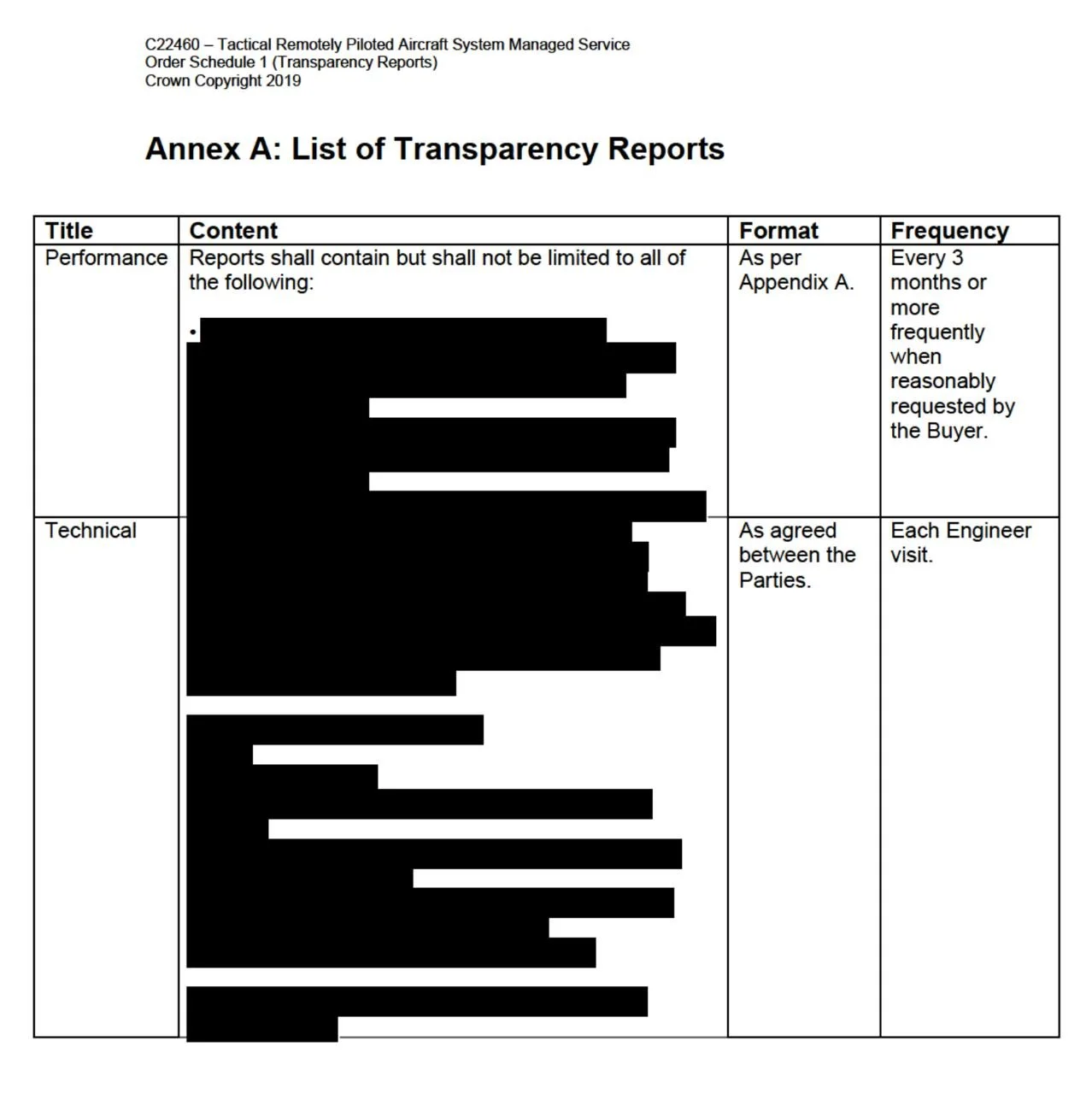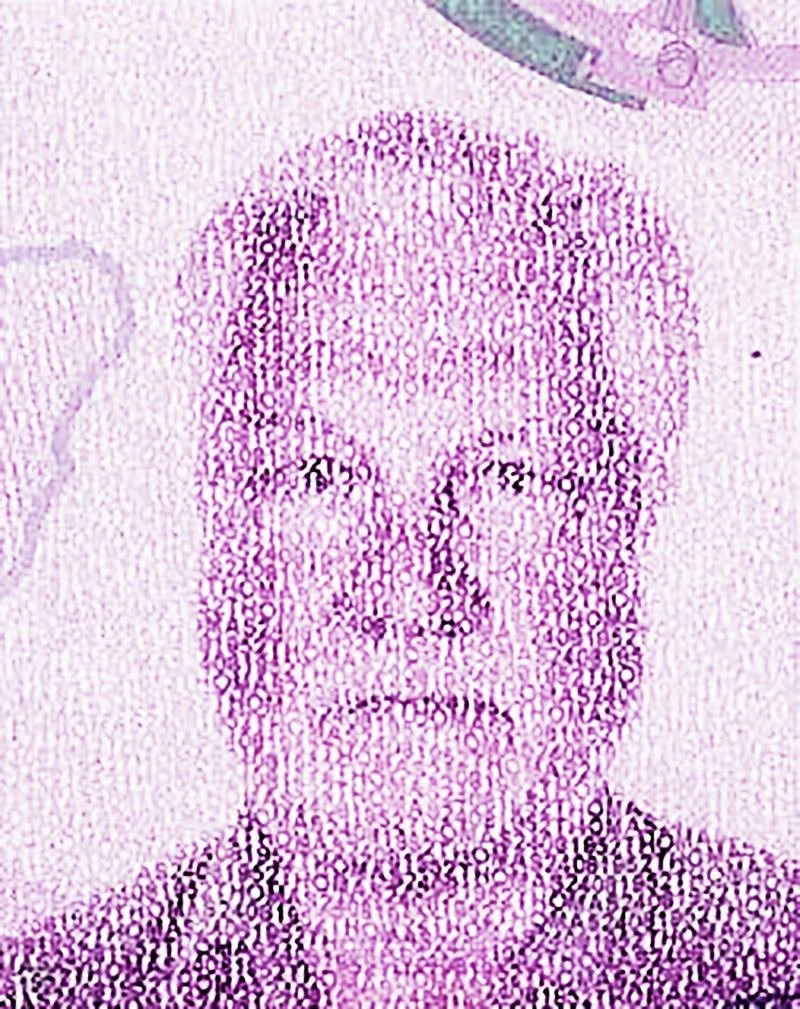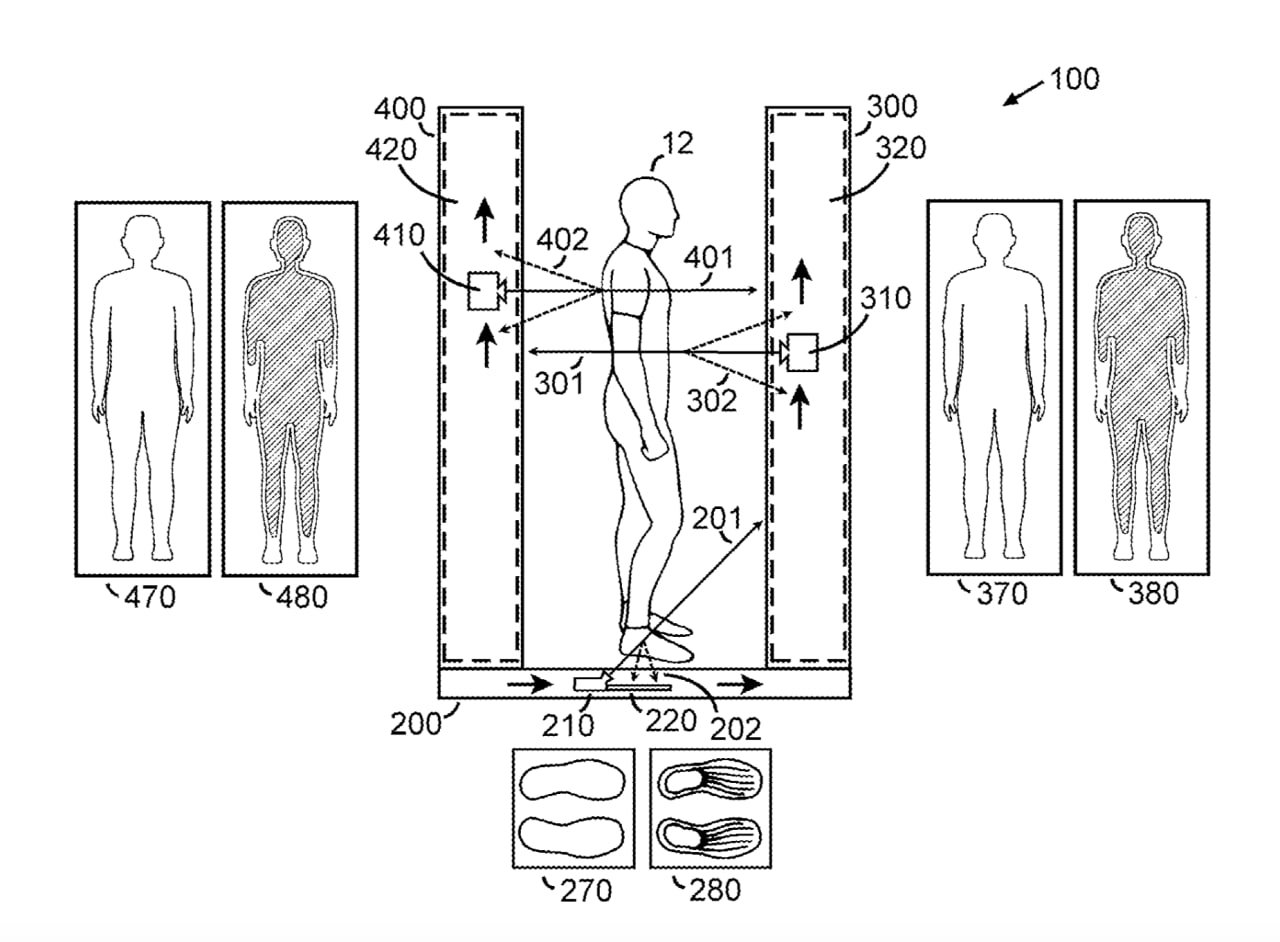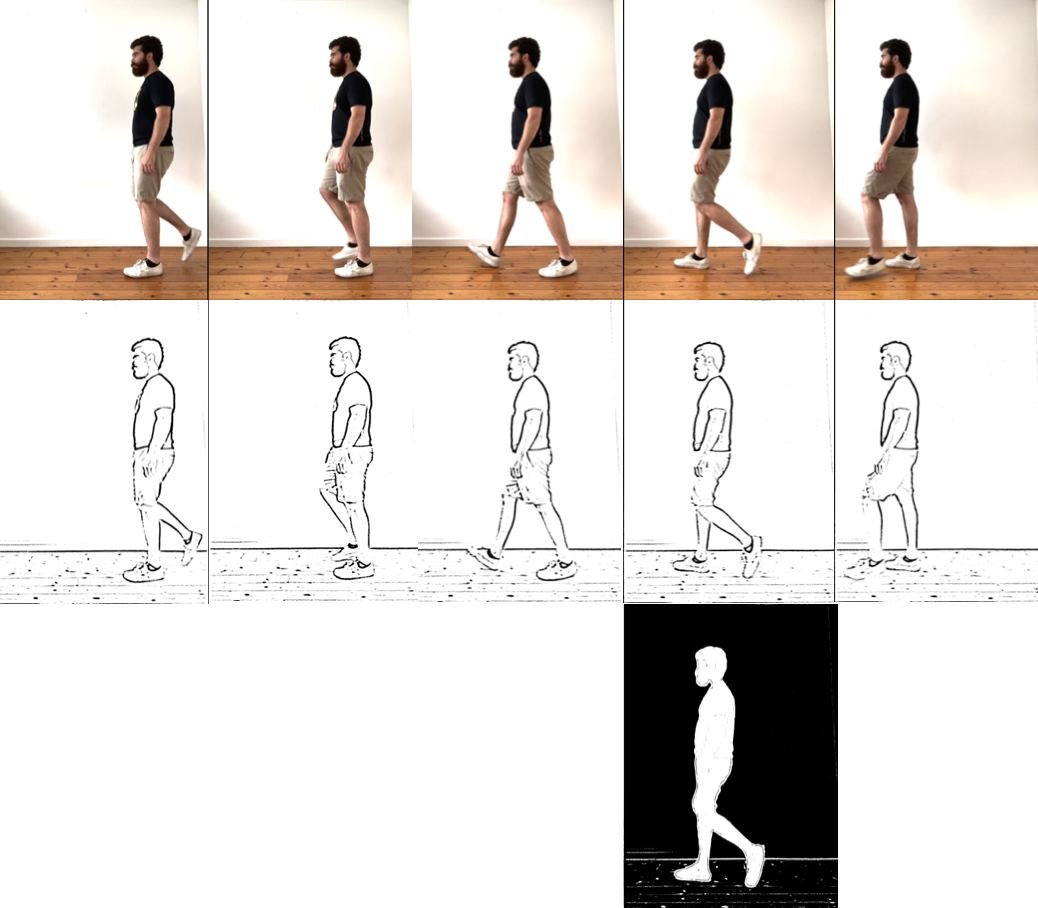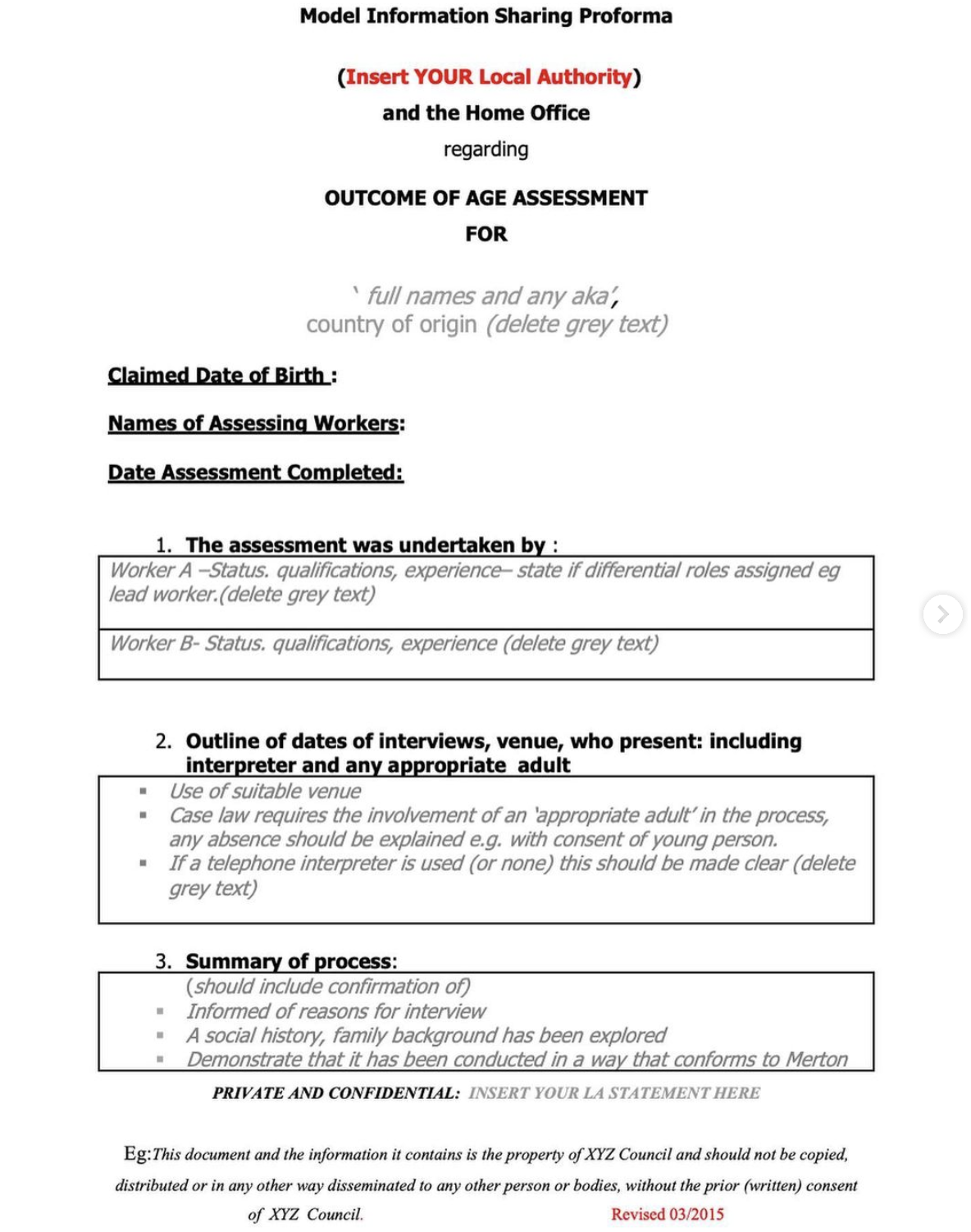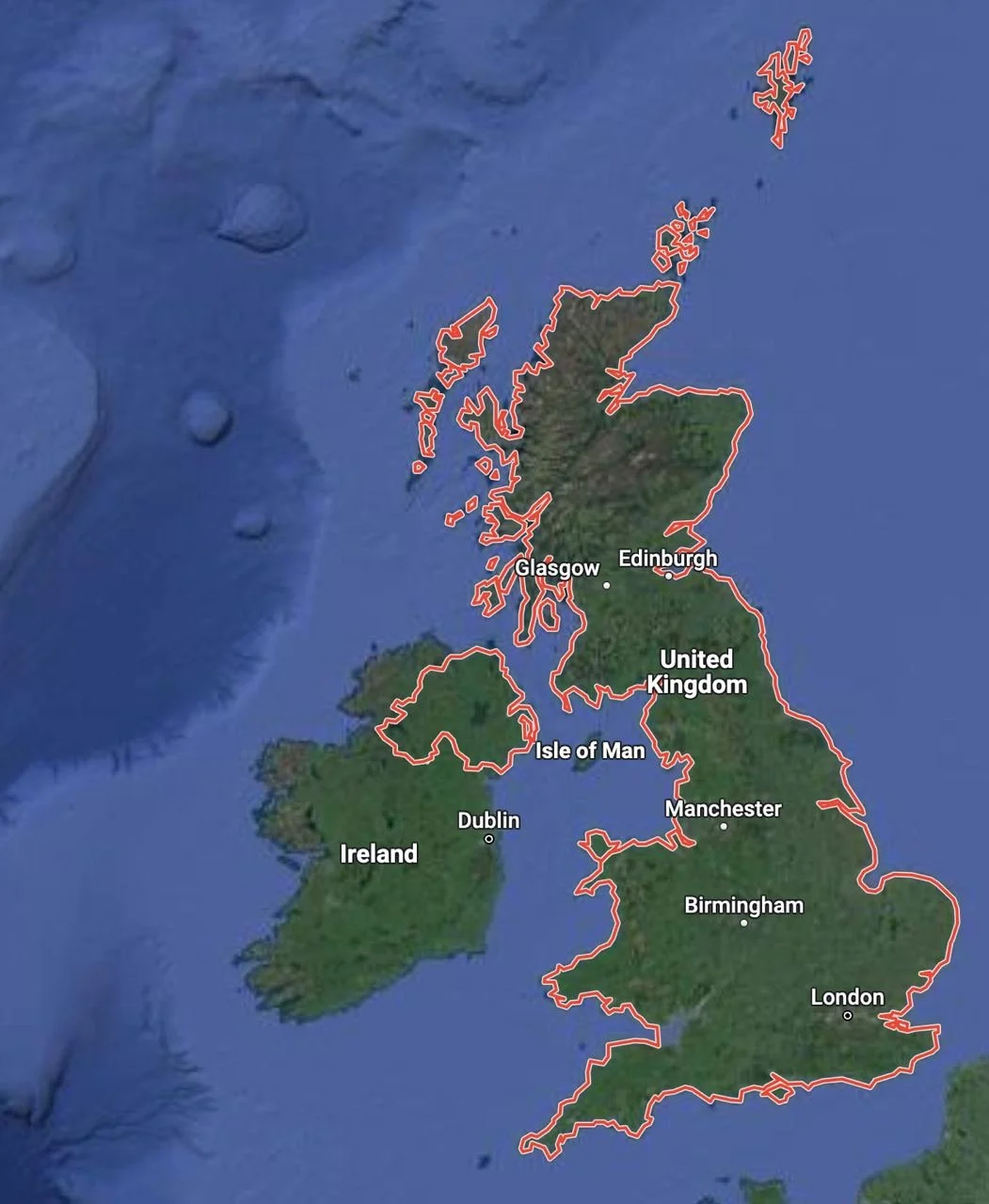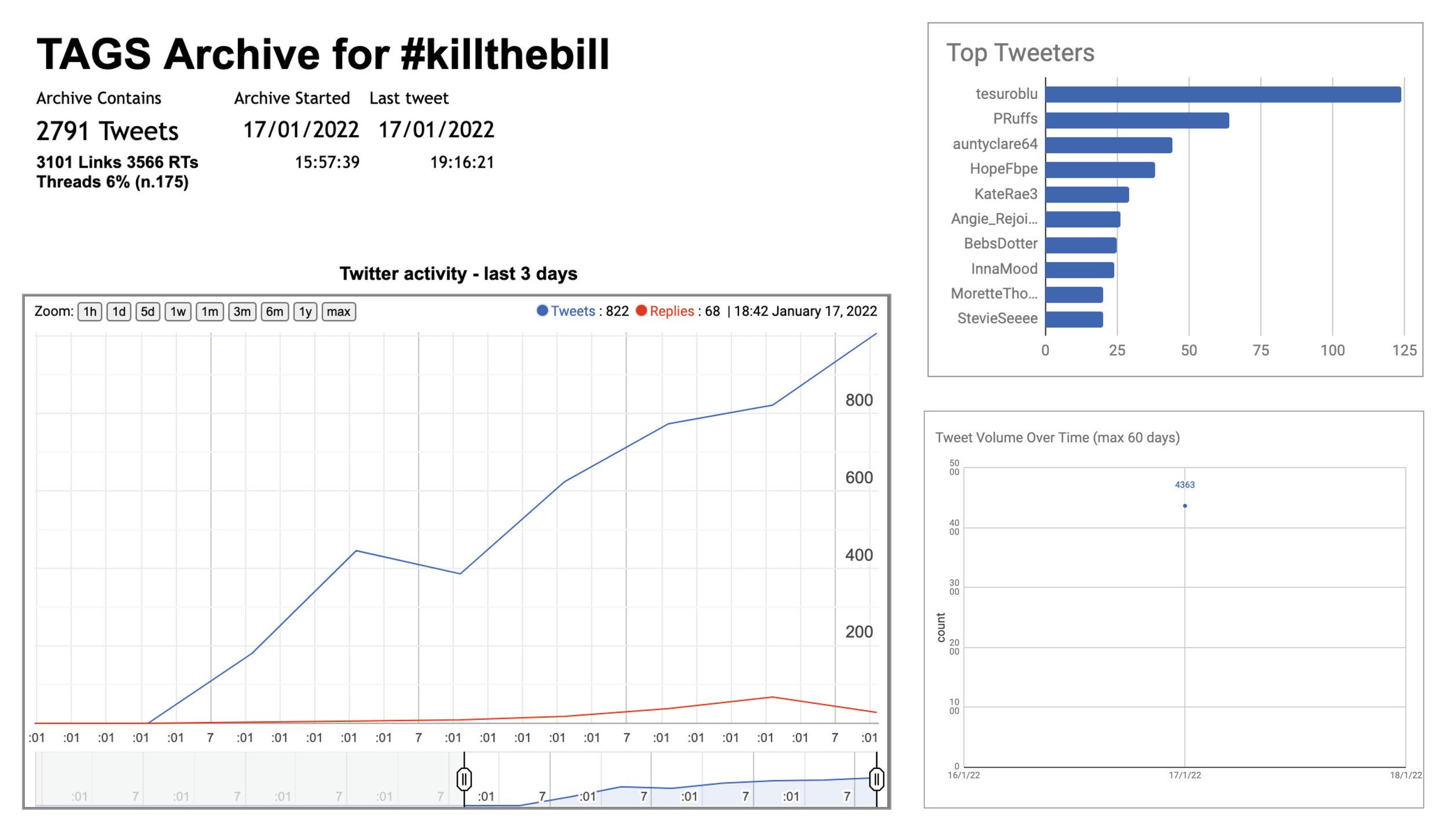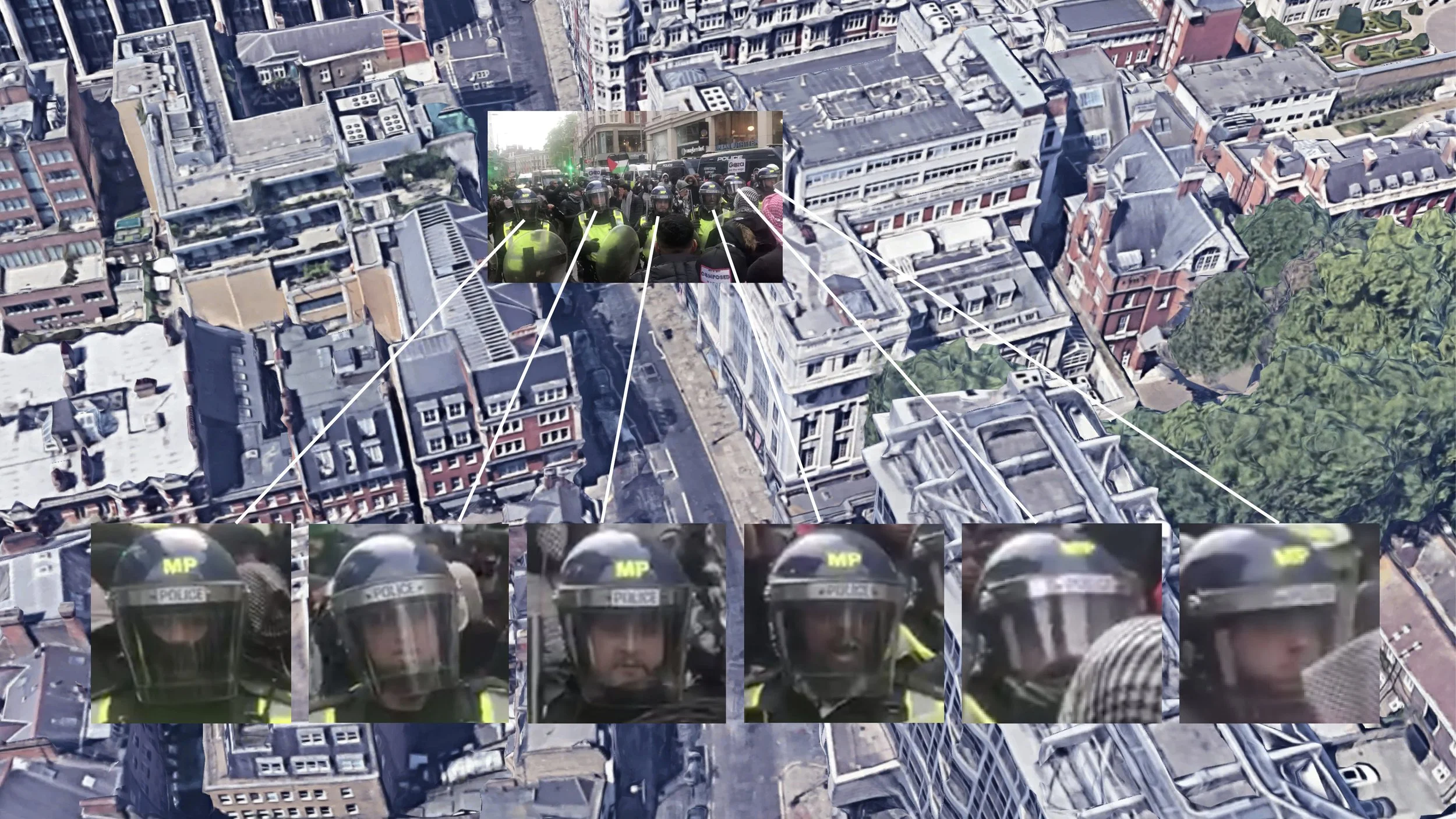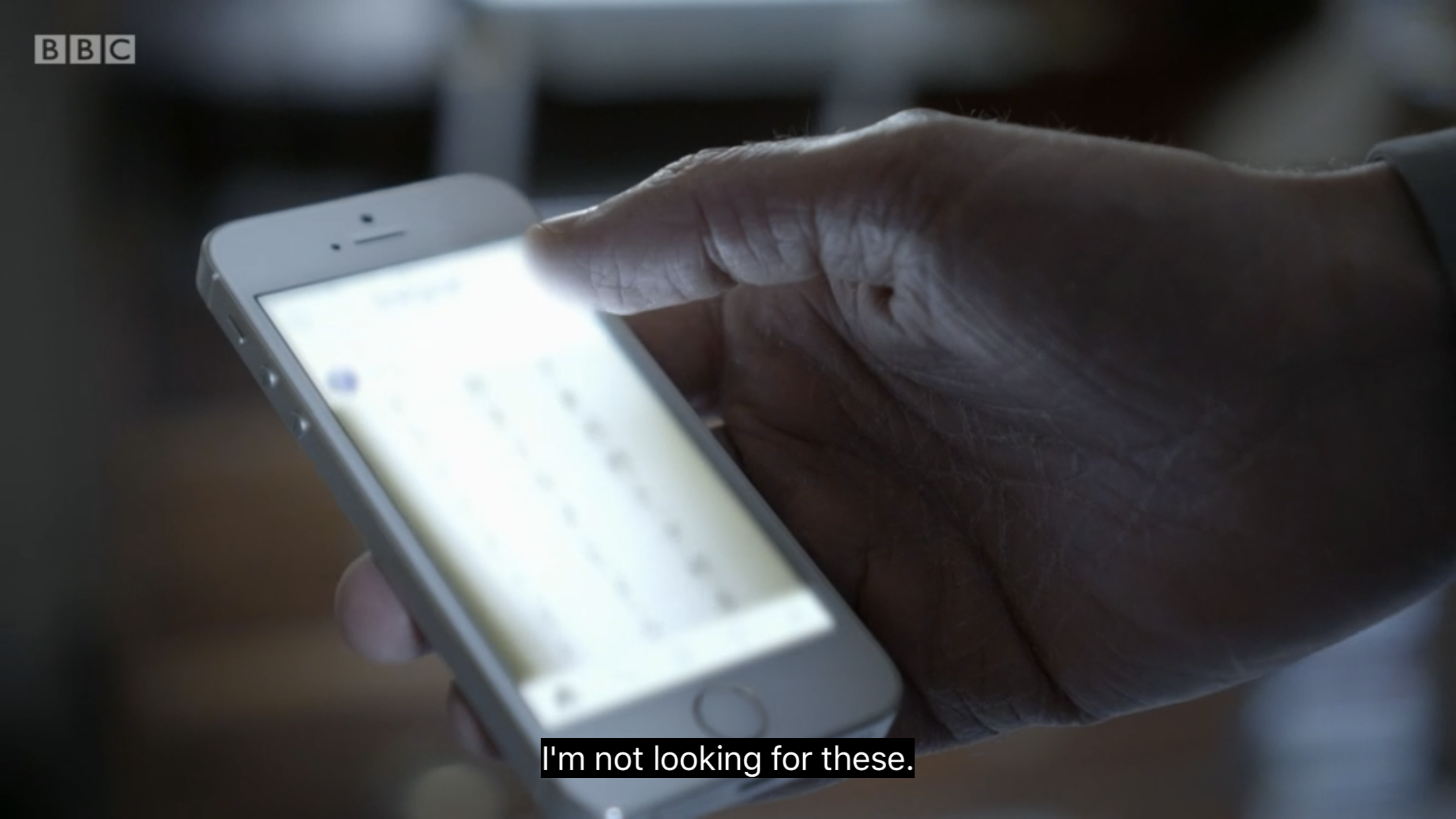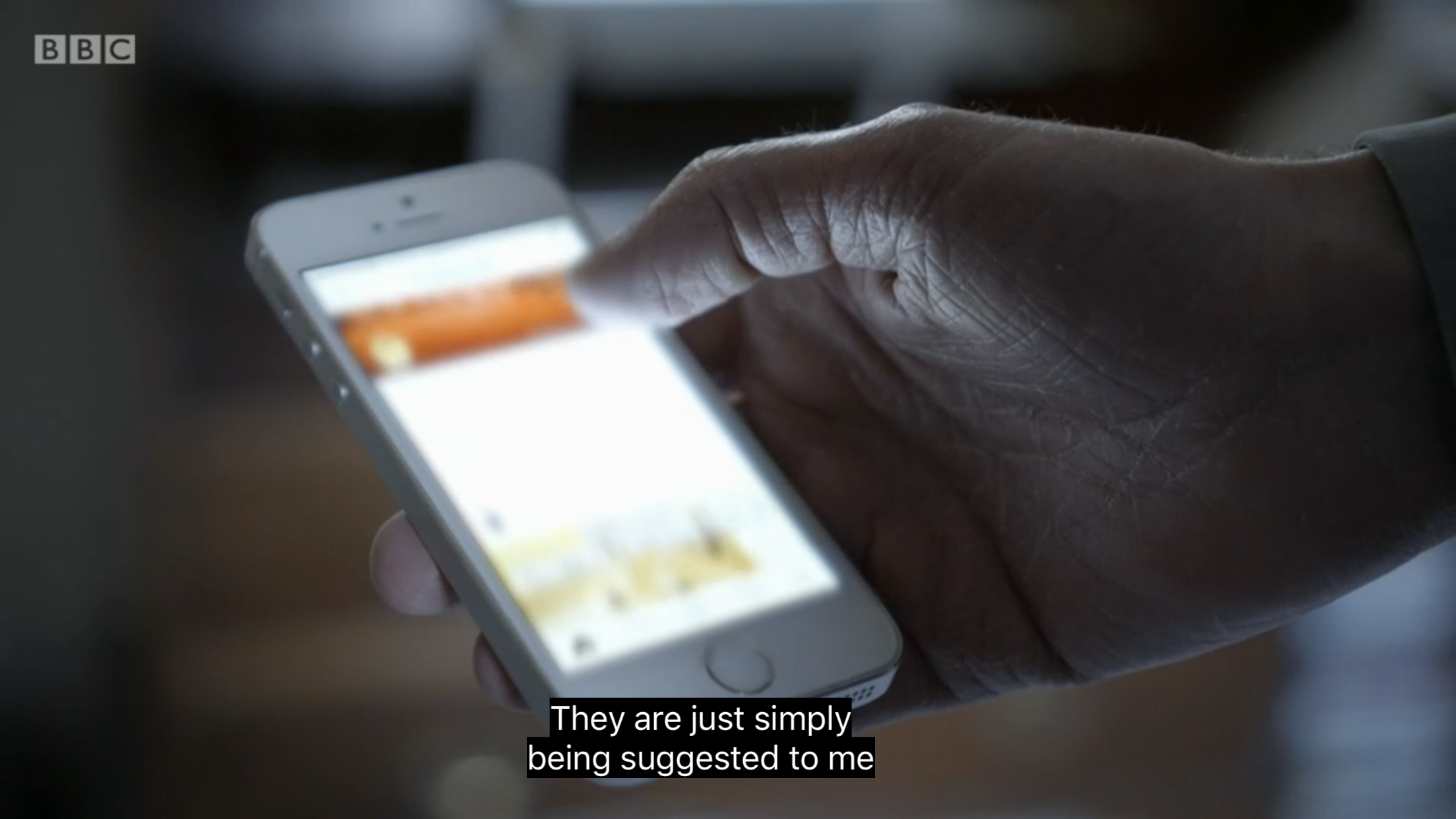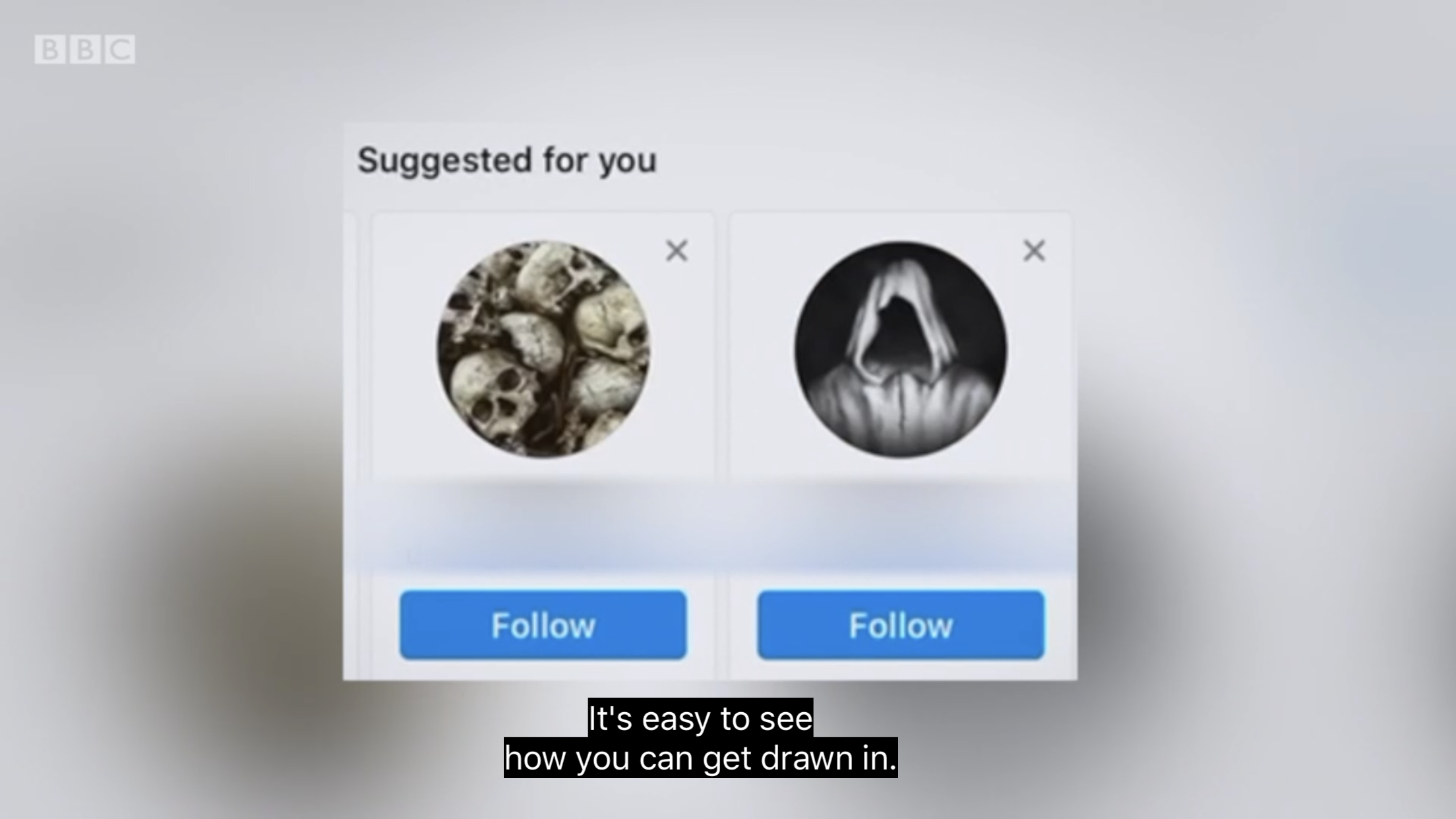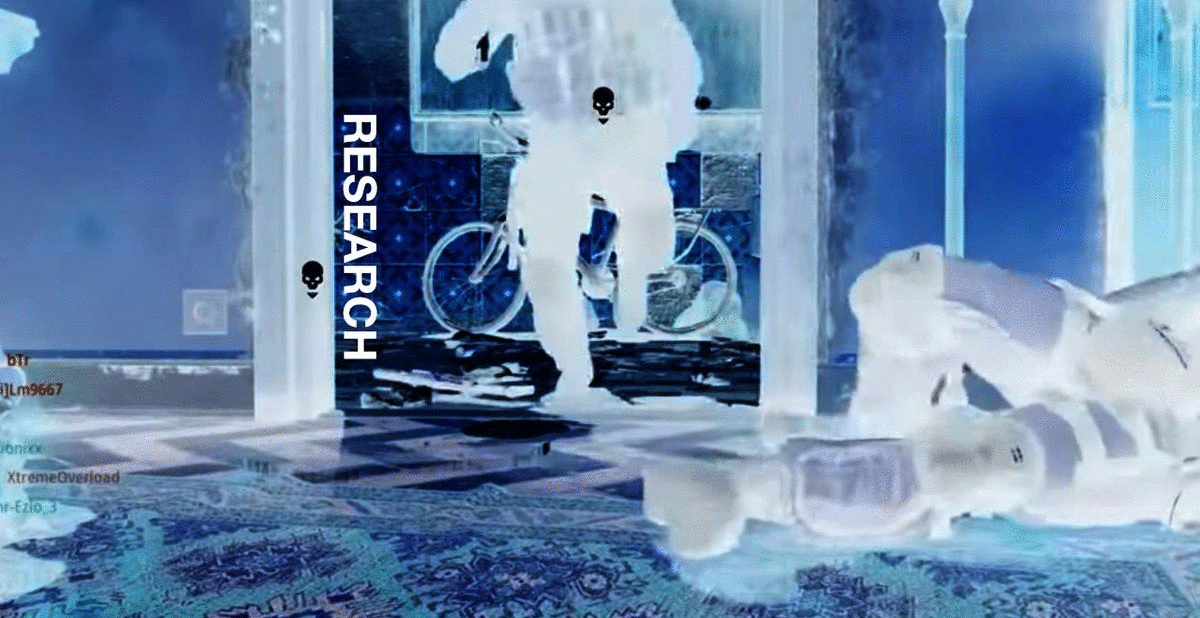
Our research is focusing on the Home Office’s procurement of unmanned aerial vehicles, produced and operated by Portuguese Aerospace company Tekever, to ‘monitor’ those attempting to cross the Channel from France by boat.
.
Since the beginning of the year we've documented at least 10 drone flights over the Channel. The drone in question, a model ‘AR5’, uses a combination of radar, video and infrared imagery over ‘vast areas’ to track and identify boat crossings while streaming real-time, high-resolution footage to the Home Office. A major selling point of these drones are their payload modularity - the capacity to easily attach other sensors or implement different softwares (for instance, live facial recognition and other artificial intelligence technologies).
Transparency reports shall contain but shall not be limited to all of the following:
⬛️⬛️⬛️⬛️⬛️⬛️⬛️⬛️⬛️⬛️⬛️⬛️⬛️⬛️
The Home Office has released Tekever's latest contract, renewing their ‘Tactical Remotely Piloted Aircraft System Managed Service’. The 3-year contract (01/04/23 - 31/03/26) is for an undisclosed amount.
Under the Nationality and Borders Act, asylum seeking individuals who arrive in the UK by crossing the channel are afforded lesser rights and protections. The differential treatment of refugees introduced by the Act expands the UK’s racist status-based model of recognition that bestows rights upon those deemed worthy.
The camera is a tool of power, able to shape situations, moments and characters through imagery. As @nickmirzoeff states in ‘The Right to Look’, “visuality’s first domains were the slave plantation, monitored by the surveillance of the overseer, operating as the surrogate of the state”. A photograph, therefore, is inherently violent, and the power of state surveillance was enhanced by the invention of photography.
With whose consent?

The face must be in focus, clear and sharp. Face forward with a neutral expression and the mouth closed. Don’t smile, don’t frown, don’t bend your brows to avoid face distortion. Red eyes are not allowed. Don’t overuse makeup and remove massive head jewelry. Hair must not hide any part of the face. If you have really full hair, tie it back. Head covering is only allowed for religious beliefs or medical reasons.

Biometric systems are the default technology of the policing and securing of borders; where the reduction of human beings to data points is used to verify an individual’s identity. As with other algorithmic technologies increasingly integrated into everyday life, this mode of verification is often touted as infallible and neutral - but as many communities will know this is not the case.
In an automatic identification system, an algorithm extracts the distinguishing features from biometric samples (such as a fingerprint), converting them into a numeric code. Here, the databases held by the government and border control forces take precedence over the individual, meaning that if you don’t match the digital abstraction of ‘you’ in these databases - you’re not really you.
What does it mean to be recognised by a biometric technology - or to not be recognised? To be converted into data that remains frozen while the body may change?
Research into the physical, sociological and bureaucratic construction of the UK border
In the early hours of this morning, some of the (many) authoritarian clauses in the PCSC bill were scrapped at the House of Lords, with 14 government defeats! ✊
.
But #WeAreNotDoneYet - not only will the bill be heading back for it’s third reading in the House of Lords, where the government will attempt to reinsert some clauses - GRT communities need our solidarity and action now more than ever. The fight continues! #KillTheBill
The state watches, records, stores and processes. Extending a gaze across its people, enforced and expanded by the latest cutting edge technology - usually in the hands of police. The project aims to reclaim the act of looking; pushing back against forces that seek to suppress, control and dehumanise.
"...the work, together with its title, is a provocation. It aims to agitate the viewer, calling into question the concealed deployment of powerful technologies, evolving mechanisms of control and suppressive actions of the state. It asks: who has the authority to look?"
“…Political policing – policing in its function of maintaining public order, safeguarding institutions and the state, or more prosaically, maintaining the regime that is in place. The major and most common concept covering this element of policing is the ‘preservation of public order’. Here, ensuring security is a matter not of guaranteeing individual rights but of preserving the government against attempts at destabilization. What needs maintaining, conserving and saving is order itself.”
From ‘The Security Principle: from Serenity to Regulation’ by Frédéric Gros
Transport for London surveillance footage from the march against Islamophobia ending at Parliament Square on 26th June.
Our ongoing research project ‘Police State’ interrogates the systems of control and violence put in place by the UK government in the name of order and security.
As police powers and violence increase, we examine the use of surveillance technologies by the state to police protests (and protestors).
Big Brother is watching you... #PoliceState
These are just a few of at least 42 flights made over the channel by two Tekever AR5 Evolution Mk 2 drones since the beginning of the year on behalf of the Home Office to “enhance maritime awareness”.
The UK has been ramping up its surveillance and militarisation around its border for years, in the wake of Brexit and as a reaction to a perceived increase in numbers of migrant channel crossings.

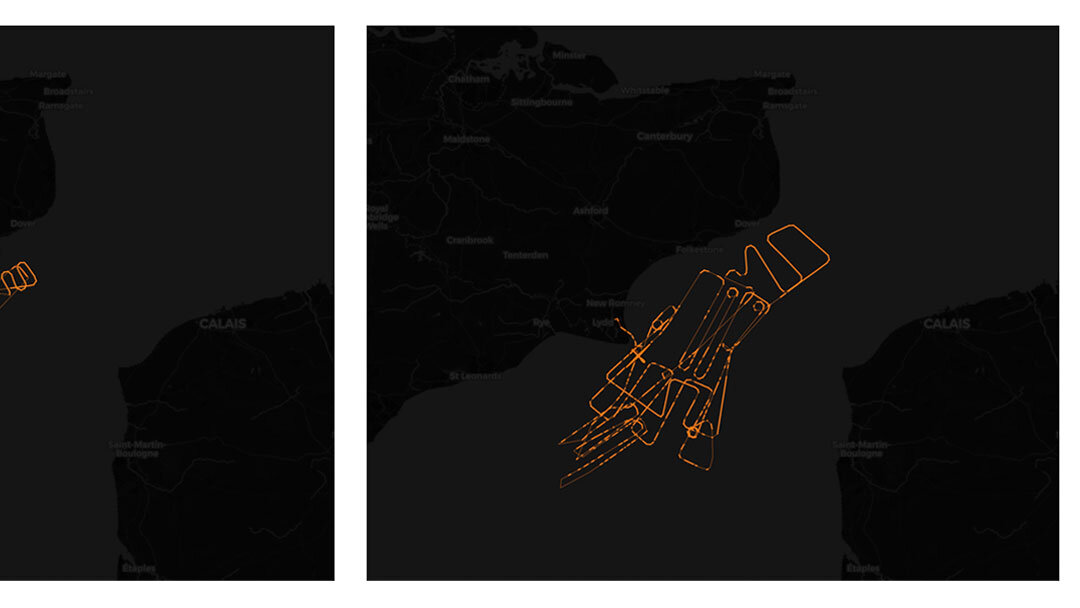

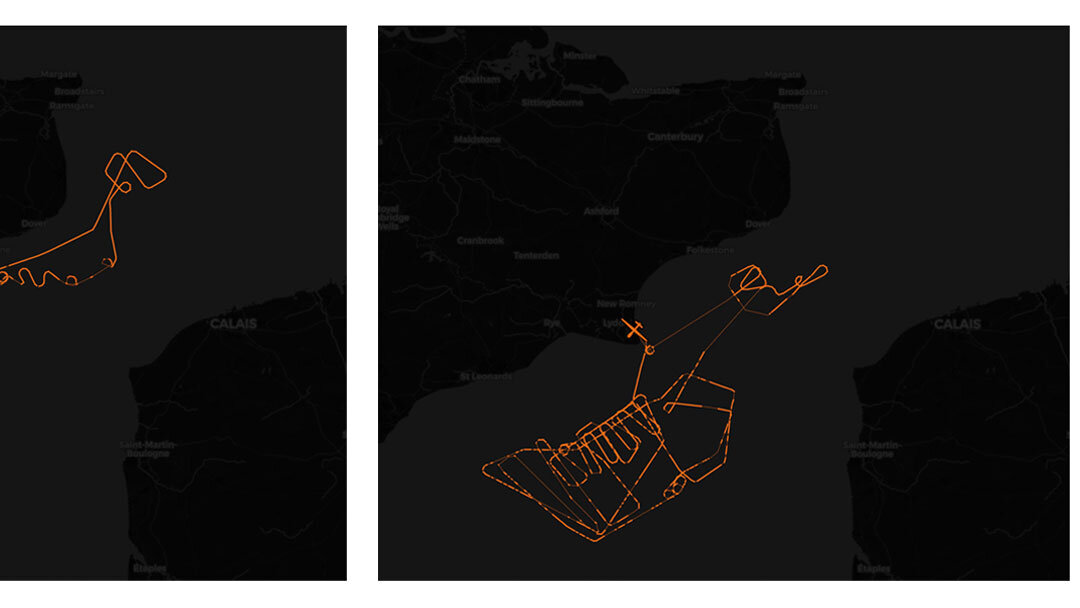
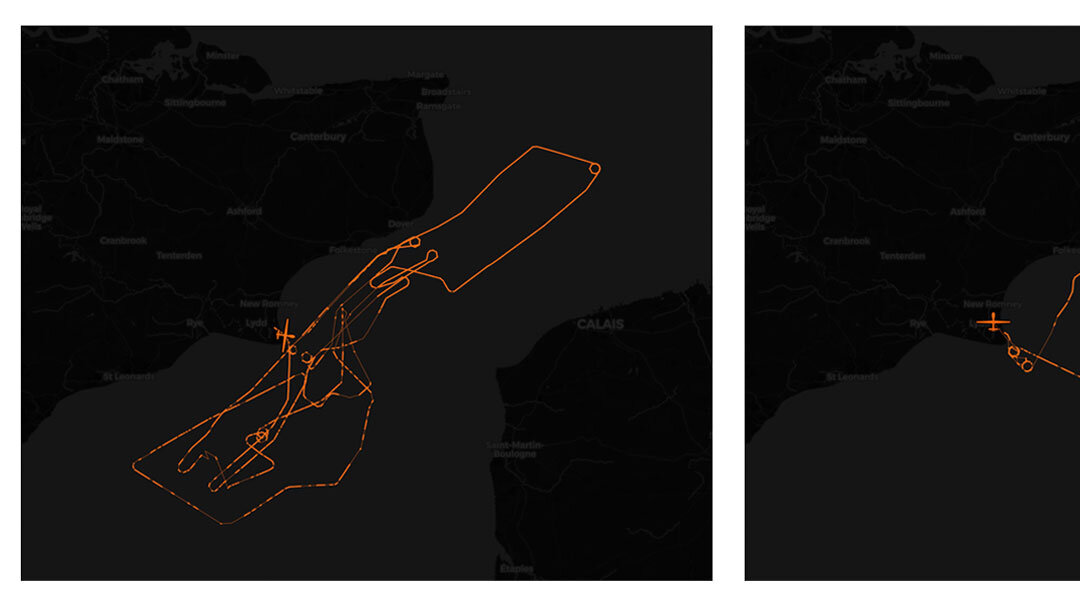

The oath taken at the point of becoming a police constable in England and Wales.
A declaration to uphold fundamental human rights and to protect people and property. Police may protect property, but as women, people of colour and all marginalised groups know, they do not protect people. Significant increases in policing and prison expansion over the past 30 years have not improved public safety.
At least 309 police officers and police community support officers in the UK have been convicted of offences in the last three years – including sex crimes, assaults and possessing indecent images of children. It should be noted that this figure is only the number of crimes reported by police that led to conviction, not incidences as a whole. This figure is also only based on the forces that provided the relevant information (25 of the 45 UK forces).
Background image: 'Abuse of Power Comes as No Surprise’, offset lithograph on paper – Jenny Holzer, 1983
1 Slide
2 Barrel
3 Recoil spring assembly
4 Inapplicable, incorporated in part 3
5 Firing pin
6 Spacer sleeve
7 Firing pin spring
8 Spring cups
9 Firing pin safety
10 Firing pin safety spring
11 Extractor
12 Extractor depressor plunger
13 Extractor depressor plunger spring
14 Spring-loaded bearing
15 Slide cover plate
16 Rear sight
16a Front sight
17 Receiver
18 Magazine catch spring
19 Magazine catch
20 Slide lock spring
21 Slide lock
22 Locking block
23 Trigger mechanism housing with ejector
24 Connector
25 Trigger spring
25a New York trigger spring
25b New York trigger spring plus
26 Trigger with trigger bar
27 Slide stop lever
28 Trigger bar
29 Trigger housing pin
30 Follower
31 Magazine spring
32 Magazine floor plate
32a Magazine insert
33 Magazine tube
34 Locking pin for non 9mm GLOCK pistols
New project incoming… #PoliceState
A map - for the many Europeans who seem to think that structural and political white supremacy is only a US thing - showing the percentage of votes for far-right and right nationalist parties in the last European Parliament election by country.
A brief breakdown of the data and respective sources are available here. Let us know if you’re a researcher/ investigator who’s working on far-right political presence in Europe, or if you’d like to contribute.
“[We] continue to study trends in organized hate and hate speech and work with partners to better understand hate organizations as they evolve ... We ban these organizations and individuals from Instagram and also remove all praise and support when we become aware of it. We will continue to review content, accounts, and people that violate our policies and take action against hate speech and hate organizations to help keep our community safe.” - Instagram spokesperson
“YouTube has been able to fly under the radar because until recently, no one thought of it as a place where radicalization is happening. But it’s where young people are getting their information and entertainment, and it’s a space where creators are broadcasting political content that, at times, is overtly white supremacist.” Becca Lewis, Data & Society
atomic symbol: Fe
atomic number: 26
atomic mass: 55.845 u
Wolfram|Alpha Knowledgebase, 2020
Check out our ongoing research into methods of far-right radicalisation over at Digital Artist Residency throughout August!
How is the web being used to groom and radicalise people? (via britishcouncil.org)
There is no real offline world anymore. We don’t go online, we are online. Technology is now an extension of almost everything we do, and that has given people who want to radicalise and groom others an avenue for communication and a level of influence that was not present before.
It has also provided perpetrators with unique advantages: they can contact a target any time of day or night, and stream propaganda directly to them.
Ideas can now be spread at the touch of a button and with very little technical knowledge. A smartphone and a social media platform are all that is required to start to propagate dangerous ideas and information with zero cost.
People who groom and radicalise also use the anonymity of the web as a layer of protection to avoid detection. The added ability to encrypt communication can make law enforcement extremely difficult.
Throughout August, we will be over at Digital Artist Residency, expanding our research into the tangled paths and methods that lead many to build violent ideologies online. How are people drawn into these spaces? What makes them susceptible to radicalisation? And how does the online landscape perpetuate these cycles of hate?
The second iteration of We May Meet One Day, a visual investigation into Iron March, a now-defunct neo-Nazi message board subject to an SQL data leak in November 2019, is now live! The continuation of the project explores the physical and virtual sites of violence connected to Iron March as well as the ways members are drawn into, and engage with, these spaces. Focusing on data specific to the UK, it seeks to reveal the threat hidden closer to home.
We thought we’d share a few stand outlines from the members of Iron March. These are direct quotes from the message board, found and highlighted by attendees at our launch exhibition in February. Big thanks to everyone who took part - we hope you enjoy these little nuggets of wisdom:




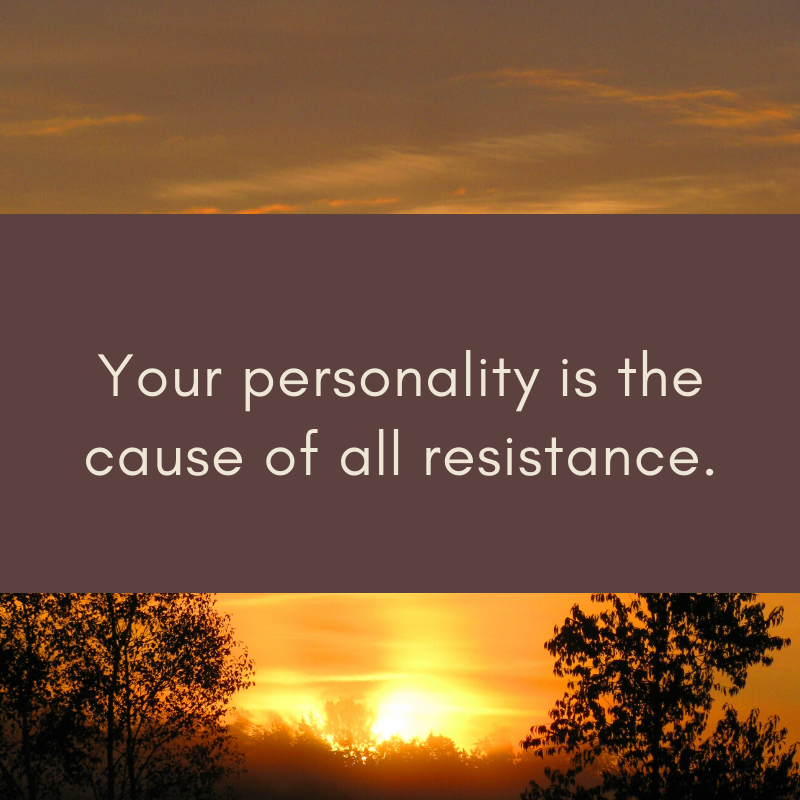



We have been increasingly interested in the linguistic analysis of the leaked conversations from the Iron March database, and how influence was distributed on the message board. This word cloud was made using some of the most frequently used words on Iron March.
Diptych of 'Whoever Reads Bourgeois Newspapers Becomes Blind and Deaf: Away with These Stultifying Bandages!', 1930 & 'On the Occasion of the Crisis Party Conference of the SPD', 1931 by John Heartfield
via Hunting the Neo-Nazis on BBC Panorama
via Antifascist visual tactics by Nicholas Mirzoeff
Far-right groups typically communicate, network and target vulnerable new recruits online. These spaces create a vacuum, isolated from the real world; an echo chamber in which violent language and ever more extreme incitement become self-perpetuating. Users in the UK were physically positioned in this vacuum, which was then re-imagined digitally as 3d space, visualising the unseen forces at work. Like these environments, the model creates cruel, sharp edges. Contours that steepen, becoming increasingly familiar and formidable to escape. The ease of being drawn into this terrain is followed by the difficulty of leaving these ideologies; time spent here may stretch beyond days, to weeks, months, and even years.
02/07/2020 Our GAN is learning!









Take digital action against racism
We have compiled a (non-exhaustive) list of online ways to take action against racism. It includes petitions, letter templates and a multitude of resources, intended to be an accessible step past performative social media gestures.
The resources are not a one-stop shop and should be used in conjunction with other action: donate to Black organisations, bail and legal funds, pay Black educators for their work and buy from Black-owned businesses; educate ourselves, unlearn and unpack our privileges; stand in solidarity with and listen to the Black community, highlight and celebrate Black voices; protest, call out racist friends, family members and colleagues; share resources and work to dismantle systematic and institutional racism and white supremacy in all its forms.
Analysis of Iron March-Linked Facebook Accounts via Lawfare
Investigating the Iron March forum leak reveals more and more figures of authority that were active on the site. These, unsurprisingly, include police officers. It was reported by Vida B Johnson, an assistant professor of law at Georgetown University, that there have been at least 100 different scandals, in more than 40 different states, involving police officers who have sent or posted overtly racist emails, text messages and social media comments since the 1990s.
But white supremacy is so much closer to home than facist cops and right-wing terrorism: “people often think that white supremacy is a term that is only used to describe far-right extremists and neo-Nazis. However, this idea that white supremacy only applies to the so-called “bad ones” is both incorrect and dangerous, because it reinforces the idea that white supremacy is an ideology that is only upheld by a fringe group of white people. While supremacy is far from fringe. In white-centered societies and communities, it is the dominant paradigm that forms the foundation from which norms, rules, and laws are created”. - Layla F. Saad
Research taking us places from our living rooms as we continue looking into the worldwide exchange of messages across Iron March. This is a map from 1911 portraying colonial trade routes of the time.




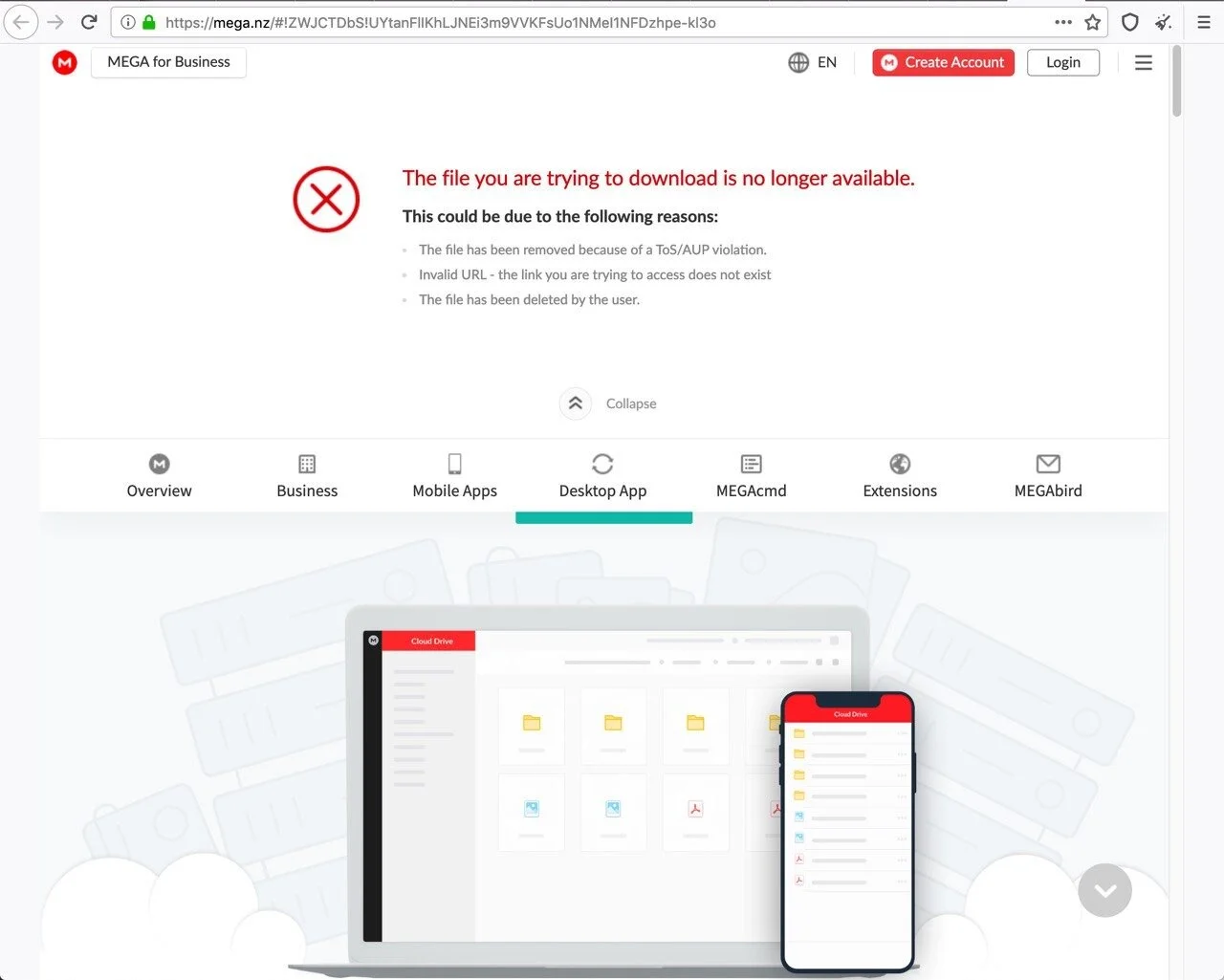
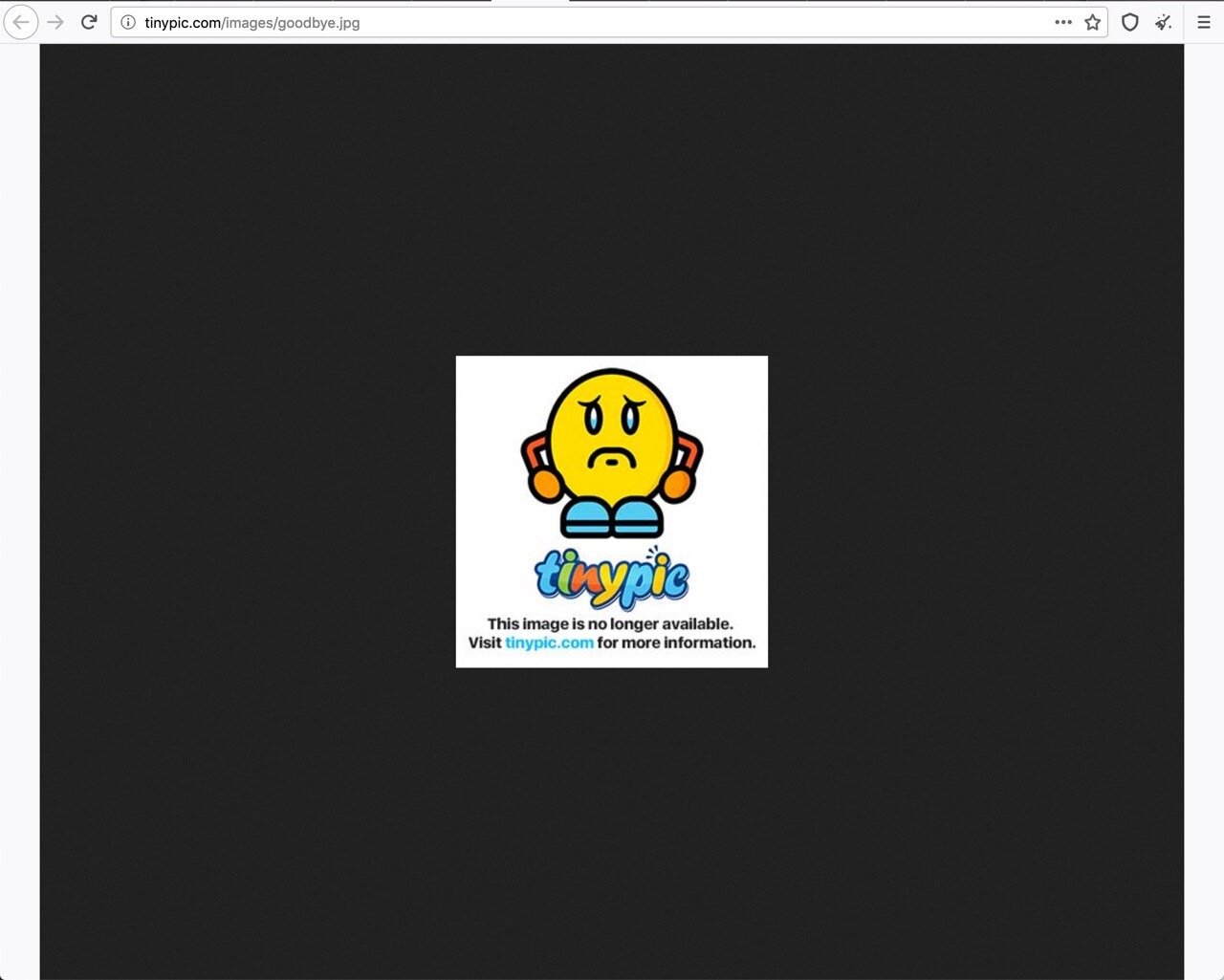
404: Not Found.
Throughout our investigation we are finding it common to reach dead ends while following external links to sites such as Facebook and other social media platforms, despite their prevalence in the message board leak. These gaps in the trail are most likely to do with outdated sites/data or because the material has been removed, but it speaks of a whole system kept underground; actively made untraceable by members.
Coincidences come to the surface. This street view scene is from Harlem, New York, and prominently shows a bus advertisement for an Auschwitz remembrance exhibition at NYC’s Jewish Heritage Museum.
As we continue our research and develop the second iteration of ‘We May Meet One Day’, we are exploring new lines of online investigation and ways of presenting what we discover, utilising machine-generated imagery & open source data tools.
Alongside this we continue with more direct research methods, particularly growing our archive of street view locations, which allow us to represent IP addresses as direct visual data. Amongst the hundreds of everyday scenes we’ve collected, a single image can be a poignant reminder of the consequences of not confronting growing hate within society.
Top locations UK
Map via Bellingcat
Recognise anyone?
Here are two sets of generated faces from part way through a discarded GAN test.
In theory, training the GAN for a longer period of time with a greater number of steps should result in a stronger outcome. However, the dataset of usable images taken from the Iron March leak is relatively small and attempting a realistic generation over a large number of steps results in increasingly abstract images.
In some instances, these abstractions may be fixated on by the GAN and interpreted as facial features or can be continuously diffused. Similarly, our own reading of these images is open to interpretation…
It is fundamental for us to understand and unpack our privileges, listen to people of colour when they tell us how we can do better, educate ourselves and work together from the ground up to begin to dismantle white supremacy. This is just the tip of the iceberg of a conversation that needs to be had frequently and expanded upon in depth.
First image: ‘The Pyramid of White Supremacy’ via The Equality Institute // Second image: some of our favourite instagram education resources that cover race, colonialism and white supremacy
During our research period into the SQL data leak and learning more about the individuals that contributed to Iron March, it has been of the utmost importance to us as a collective to acknowledge the very real and persistent presence of white supremacy today. How can we as a society address this inherent failure of ours?
The first step is to understand that all white people, no matter their views and beliefs, benefit from the same system of privilege and oppression that exists today; the system that has constructed the mindsets and beliefs of those posting on the Iron March site.
Article 19 of the Universal Declaration of Human Rights states that ‘everyone has the right to freedom of opinion and expression, including the freedom to hold opinions without interference and to seek, receive and impart information and ideas through any media and regardless of frontiers.’ Freedom of expression or freedom of speech (FOS) is a fundamental part of democracy and stands as a valuable tool to protect political expression and hold governments or organisations to account. There are however times when FOS is restricted, most importantly when it conflicts with other vital human rights - for example, governments have an obligation to prohibit hate speech. Any restriction on FOS must be set out in clear and concise laws, and the authorities imposing these laws must be able to demonstrate the need for them.
Implementation of further hate speech regulations generally expanded to protect minority demographics, are often met with loud opposition from the right under the guise of protecting FOS. The real function of this apparent outrage is to normalise hate speech or invalidate legitimate responses to it.
Its meaning in these circumstances is not to secure FOS for all but to secure the power for perpetrators to speak without repercussion: not just freedom of expression, but freedom from the consequences of that expression.
Most members of Iron March felt that they were simply exercising their own right to FOS, whether this included racist slurs, fascist symbols, threats of violence or far-right propaganda, perpetuating their own myth that all (their) speech should be free. To them FOS meant freedom from objection. Simply banning this type of communication, whether right or wrong, does not address its root causes, and the debate surrounding FOS & hate speech legislation is complicated; subject to individual morals and offences. Where is the line between free speech and hate speech? Is it definite and who gets to decide? What happens when the deciding authority sides with perpetrators and defends the right of those who spread hate speech, or uses hate speech regulation to criminalise and control language (or behaviour) that legitimately holds them to account?
Working with data leaks from violent hate groups can be upsetting and infuriating and trying to visualise this data even more so. The importance of exposing both military and civilian involvement in chat rooms such as Iron March must not be paramount to that of protecting the safety and mental health of our viewers.
Racism, xenophobia, Islamophobia, anti-Semitism and sexism are, unsurprisingly, rife in the SQL leak we are working with. This has challenged us to find new ways to read, explore and represent the material we uncover whilst being extremely conscious of potentially triggering information and language. Whilst visually engaging with these subjects, it is important to ask oneself at what point an output questioning far-right mentality and violent hate speech turns into one complicit in spreading fascist propaganda. At this stage in our project, we’ve elected to directly avoid repeating violent language or replicating fascist symbols for this reason.
First engaging with large SQL files can be daunting, particularly if you’re just starting out and are hit with a wall of data. The sheer volume of information often presents an immediate hurdle for artists and journalists working with data based research for the first time, and is also why it can take weeks to sort through all the information in a leak.
However, coming back to the original file can also mean you stumble on something you weren’t previously looking for.
Usernames, registered email addresses, IP addresses of users, public forum posts and private messages between members in the leak has revealed that a number of members were posting on the site during active military service. Many users also identify themselves as current or former military. Messages between these members go on to discuss how to identify and connect with other “rightists” in the military, particularly the use of obscure fascist logos on clothing.
Over the next two months, in the lead up to our launch party on the leap year weekend, we are going to share research points from a new collaborative investigation. These posts will show our work-in-progress and offer an insight into how we work, where we draw visual inspiration from and which research strands we ultimately decide to go forward with or leave behind.
The basis for our investigation is the SQL database from Iron March, a now-defunct neo-Nazi & white supremacist message board, which was leaked in November. The data contains the entirety of the site’s information including user names, registered emails, IP addresses of users, all of the forum’s public posts and even private messages between members. The message board has been linked with violent worldwide neo-Nazi group Atomwaffen Division.
The research collated and visuals created will culminate in a joint piece that will be exhibited at our launch. We encourage our followers to get involved - let us know if you want to know how to access the data and tag us in any of your findings!

